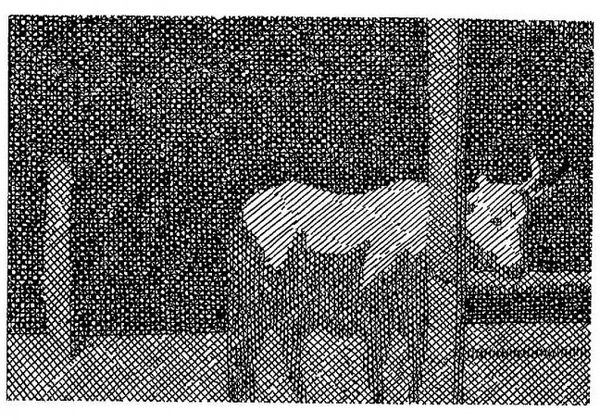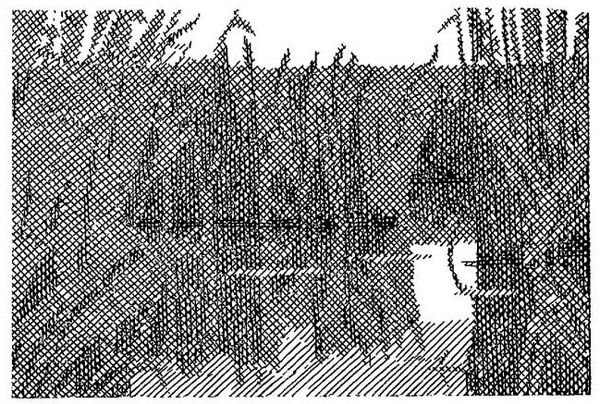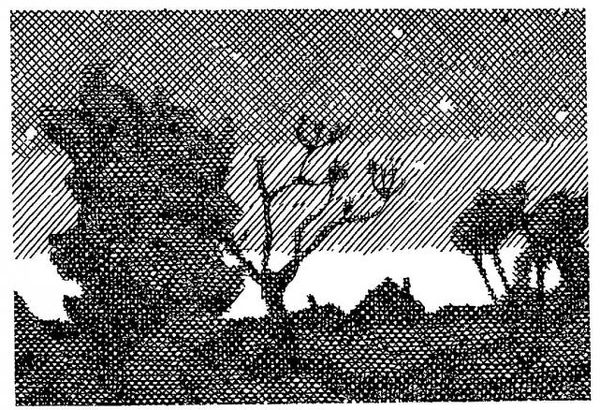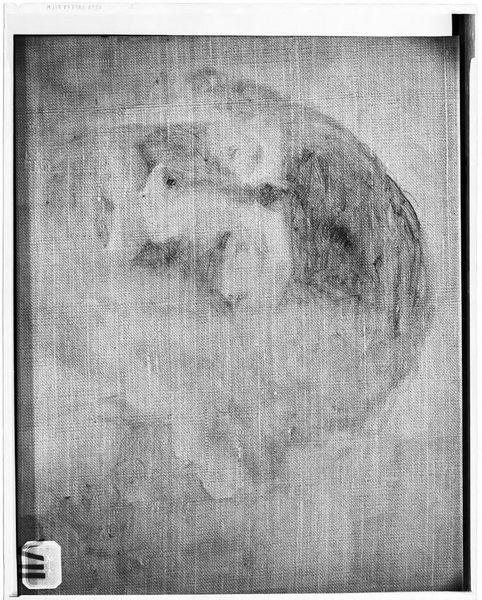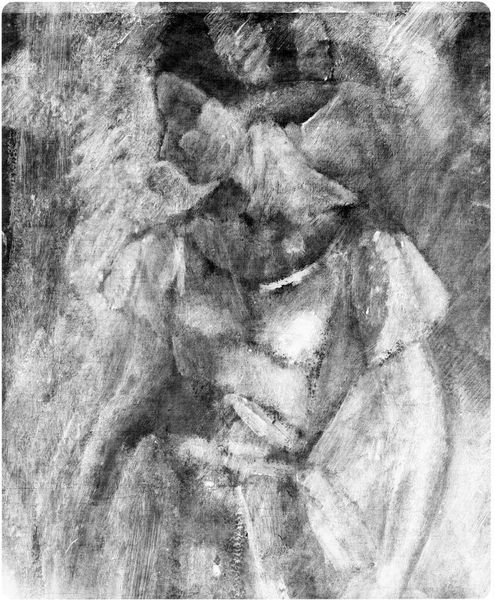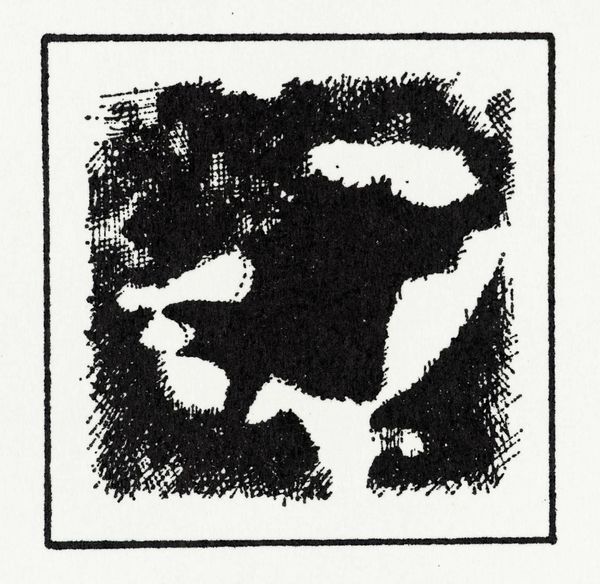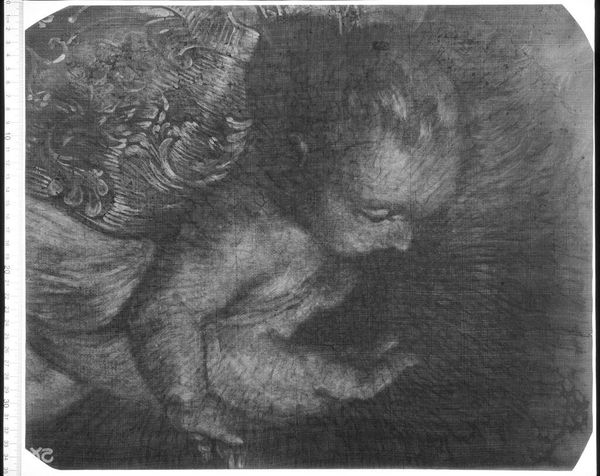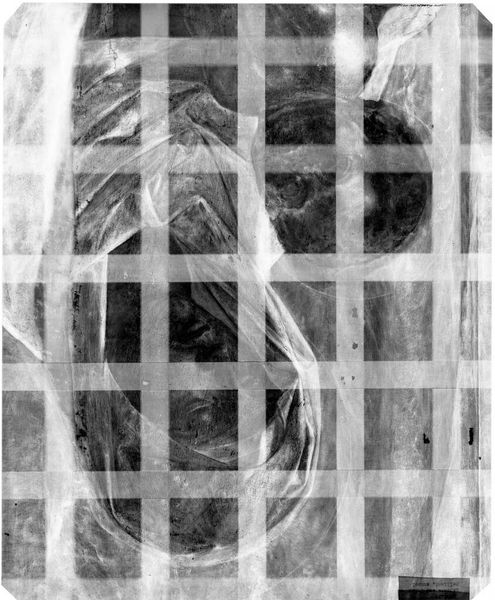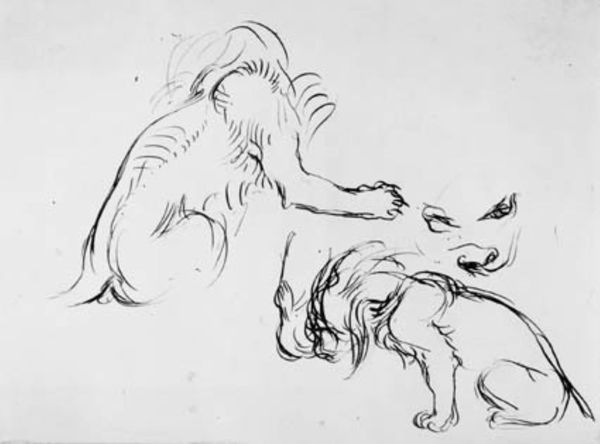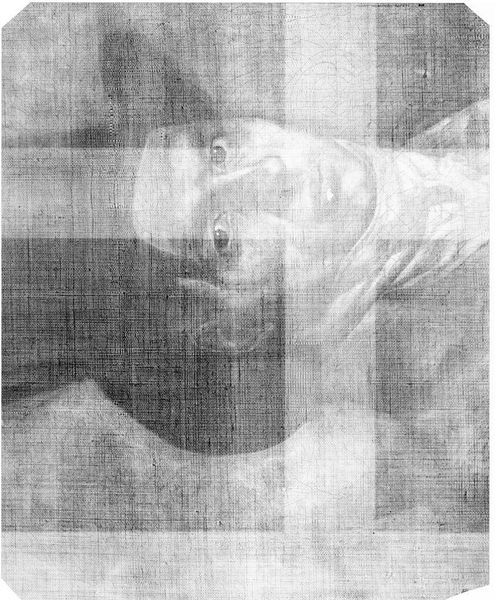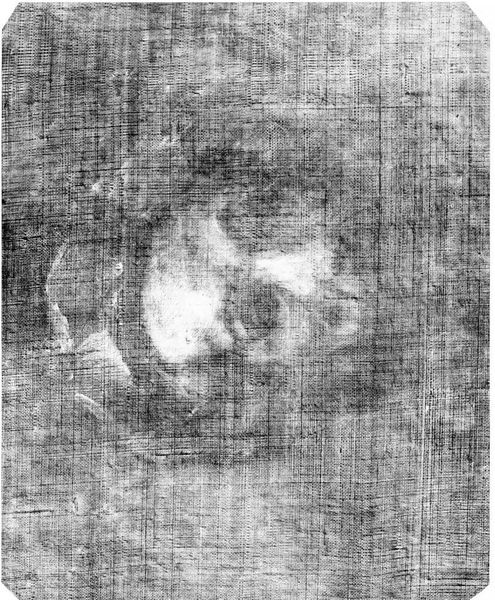
Illustration for the collection of short stories by Yevhen Gutsal "In the stork village" 1969
0:00
0:00
drawing, ink, graphite
#
drawing
#
cross hatching
#
pattern
#
crosshatching
#
figuration
#
ink
#
graphite
#
monochrome
Copyright: Hryhorii Havrylenko,Fair Use
Editor: Here we have Hryhorii Havrylenko's illustration from 1969, made with ink and graphite, created as a part of the collection of short stories by Yevhen Gutsal called "In the stork village". The overwhelming use of cross-hatching makes the depiction quite unique; how would you interpret such artistic decisions within its historical context? Curator: The extensive cross-hatching serves several functions, I think. Firstly, given the socio-political context of the Soviet Union in 1969, accessible materials for artists may have been limited. The emphasis on drawing as a primary means of illustration allowed for a more direct, perhaps even critical, representation when more lavish methods might have been seen as bourgeois. Secondly, consider how the stories might engage with themes of rural life. How does the cross-hatching itself create a sense of texture that reinforces these themes? Editor: I see your point; the repetitive hatching technique almost mimics the textures of rustic woven fabrics or the rough surfaces of a village. Do you think it also conveys a kind of melancholy, given the limited grayscale? Curator: That's an insightful point! Monochrome lends itself to a certain starkness and simplicity, aligning well with themes of resilience and possibly the understated realities of Soviet rural life, especially if we consider the possible subtle ways this imagery could be used to address the public. Consider how accessible these images are – were the works shown to larger audiences and, if so, how did the public respond to seeing themes of figuration so starkly presented? Editor: So, beyond the subject matter itself, the very style of illustration engages in the social and political dialogue of its time. Curator: Precisely. The art serves both as a reflection of and a quiet commentary on the cultural landscape it inhabited, reminding us how the visual choices an artist makes contributes to broader discussions within their societies. Editor: This makes me consider the intentionality behind this technical choice much deeper. Thank you for that eye-opening historical context!
Comments
No comments
Be the first to comment and join the conversation on the ultimate creative platform.
